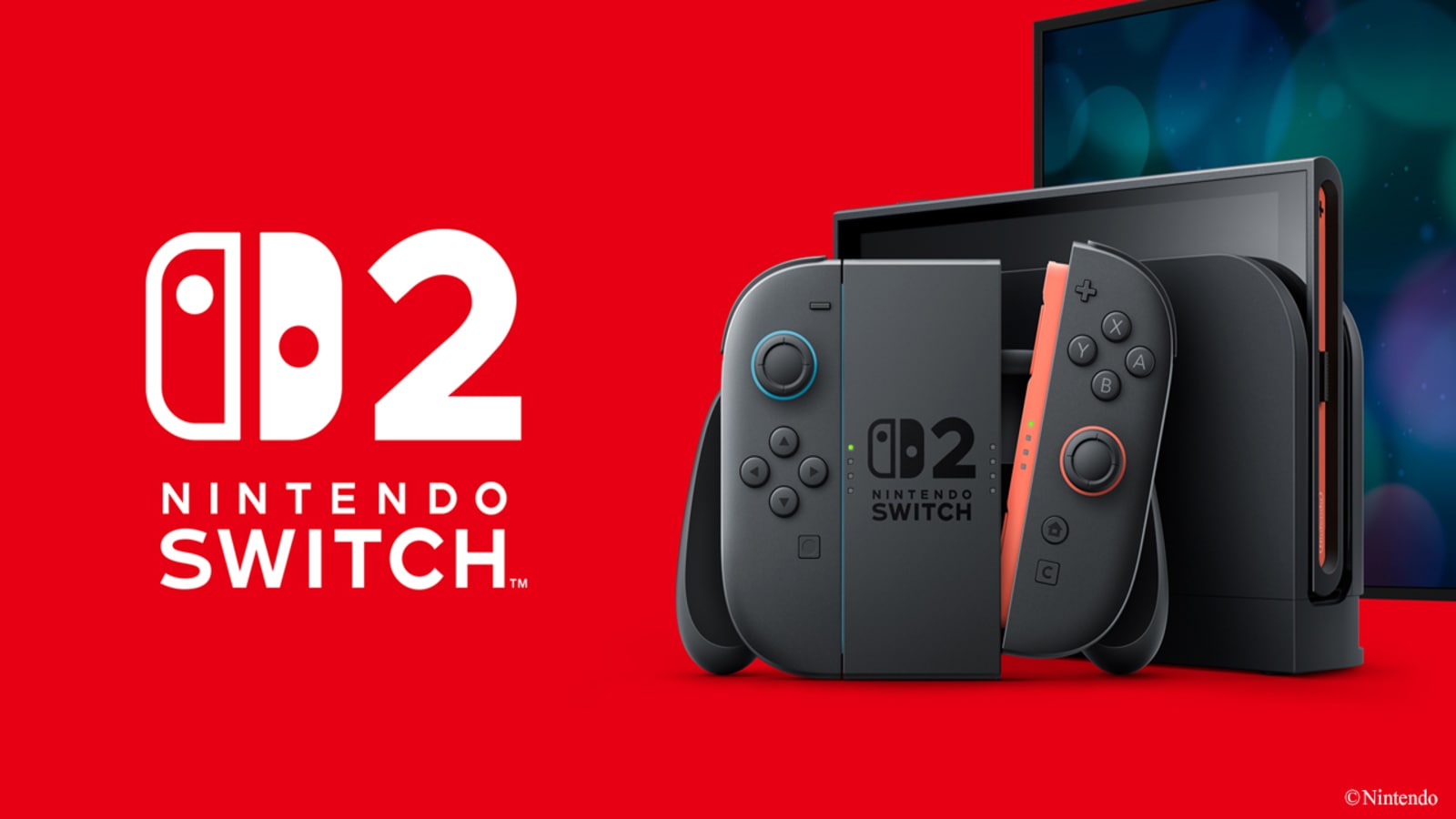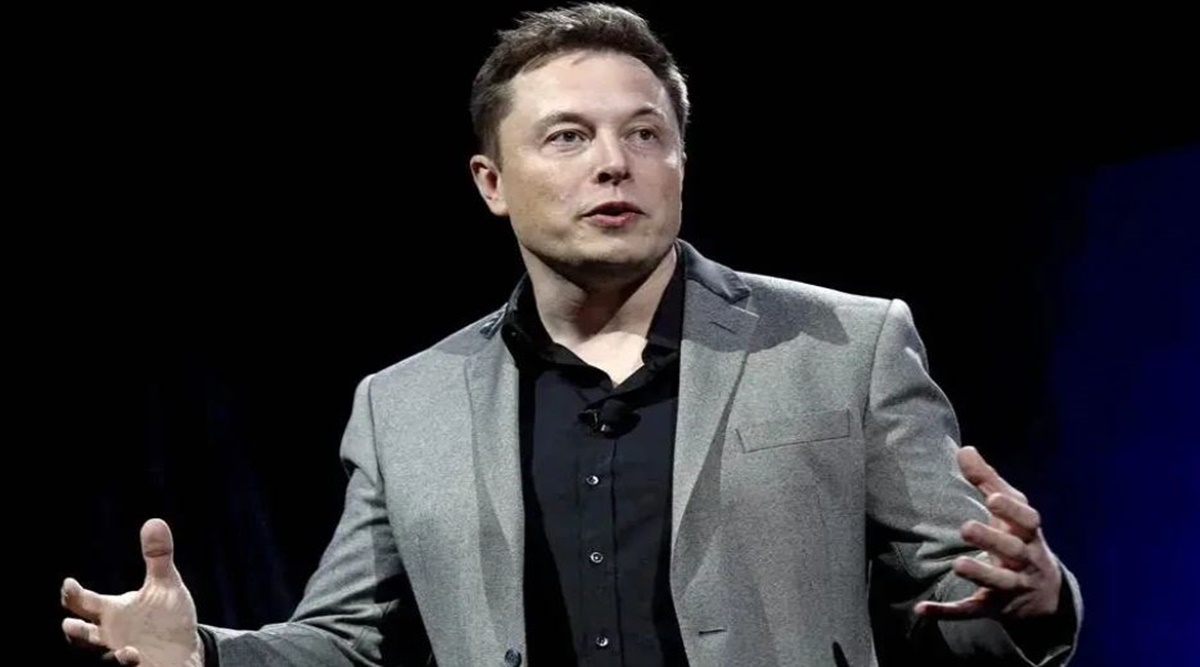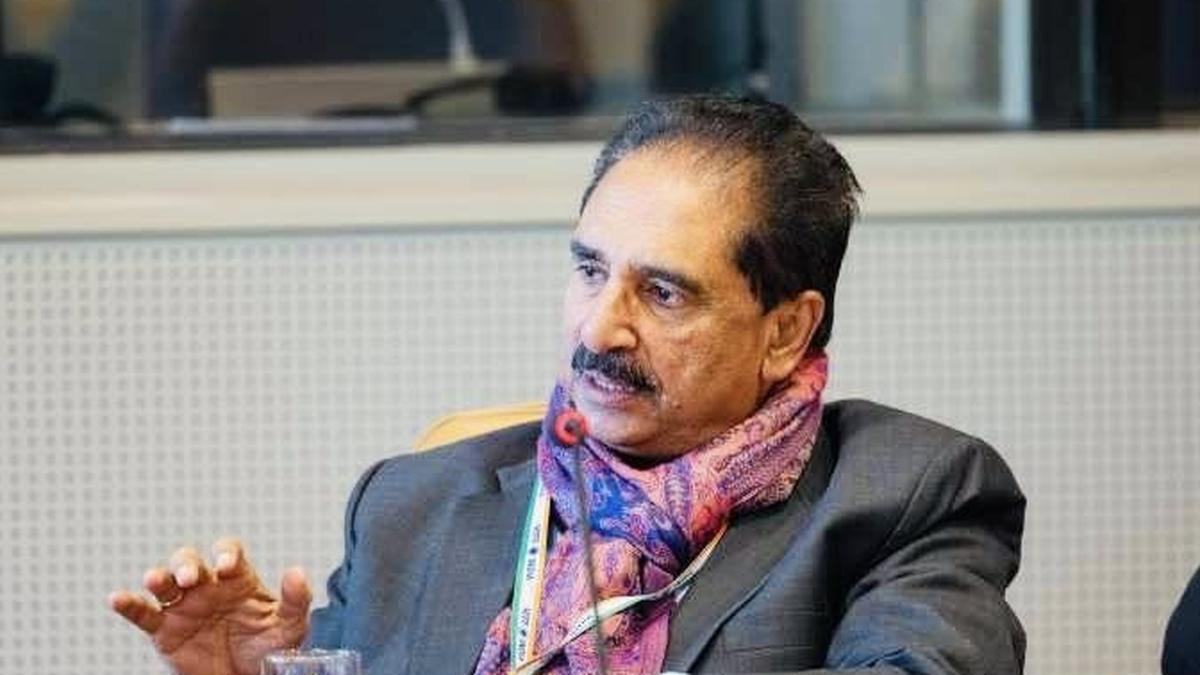Nintendo is no longer taking pre-orders for the Switch 2 in the US, following President Donald Trump’s aggressive tariff plan implemented earlier this week, which sent shockwaves worldwide.
“Pre-orders for Nintendo Switch 2 in the US will not start on April 9, 2025, in order to assess the potential impact of tariffs and evolving market conditions,” the company said, adding that the launch date of June 5 remains unchanged.
The Kyoto-based company unveiled the highly anticipated Switch 2 console on Wednesday, the same day US President Donald Trump announced sweeping new tariffs.
Nintendo is the first major company to respond to Trump’s tariffs and their impact on business and consumer spending. Major electronics makers are vulnerable to these tariffs, especially consumer-facing companies like Nintendo, which manufacture their consoles in Asia and then import them to other markets.
Nintendo, a Japanese corporation, took steps to avoid tariffs during the first Trump administration. In 2019, it started moving some of its Switch production from China to Vietnam as the US imposed tariffs on Chinese imports. Reports suggest that Nintendo has shifted Switch 2 production to Vietnam and Cambodia to mitigate tariffs. However, Vietnam and Cambodia have now been hit with 46 per cent and 49 per cent tariffs, respectively—among the highest rates unveiled by the White House on Wednesday.
An update from Nintendo pic.twitter.com/iygReQlBwl
— GameStop (@gamestop) April 4, 2025
https://platform.twitter.com/widgets.js
Nintendo has not revealed whether it will raise the price of its console, which already costs $450 in the US, making it the company’s most expensive console to date. The original Switch, launched in 2017, was priced at $300. However, in Japan, Nintendo will sell a Switch 2 variant that only supports Japanese as a system language for around $340, compared to the multi-language variant priced at approximately $480.
It remains to be seen whether Nintendo will be forced to increase the price of the Switch 2 console in the US. The company could either absorb the cost or pass it on to consumers. The US is Nintendo’s largest markets globally.
Story continues below this ad
Daniel Ahmad, a gaming industry analyst, posted on X that Nintendo would “need to spend billions to open a factory in the US. “It’d probably take 4-5 years to complete this. Not to mention the time and cost to rebuild supply chain infrastructure and source components (which would be subject to tariffs because they’re made outside the US). They’d then need to find, train and pay employees to operate the factory.”
The decision to manufacture hardware in Asia, particularly China, was driven by the goal of lowering production costs. This model has been highly successful, benefiting the US, China, and major tech companies like Apple and Nintendo. However, experts argue that replicating this scale of manufacturing and sourcing key components in the US would be extremely difficult. Producing iPhones and Switch consoles domestically in the US could significantly increase their cost.
Sure.
Nintendo would need to spend billions to open a factory in the US.
It’d probably take 4-5 years to complete this. Not to mention the time and cost to rebuild supply chain infrastructure and source components (which would be subject to tariffs because they’re made… https://t.co/kZcXIpHjmE
— Daniel Ahmad (@ZhugeEX) April 3, 2025
https://platform.twitter.com/widgets.js
US stocks took a nosedive after Trump announced tariffs on goods from countries worldwide on what he called “Liberation Day,” with the tech-heavy Nasdaq suffering its worst week since March 2020.
The “Magnificent Seven” group lost more than $1 trillion in combined market value, with Apple being the most significant decliner by market value. The company manufactures almost all of its iPhones, iPads, and Macs overseas. As a result, it will either have to absorb the cost of tariffs, cutting into its profits, or pass them on to customers by raising prices, which could reduce sales and hurt its margins.






